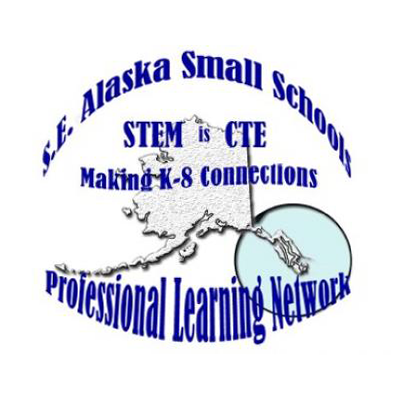About This Lesson
This is an eight lesson unit which spans over the course of 3 weeks. Students will understand the water cycle and how Ph, temperature and oxygen level affects the quality of water. In turn, students will be asked to explain how the changes to water affect bodies of water ecosystems. This is a hands-on unit where students make ice cream combined with different amounts of salt and explore how the salt changes the temperature of the ice cream. Students will travel to different water sources, collecting data on Ph levels, oxygen levels and temperature of a stream. Students will conduct a research based project addressing 3 different aspects of the human and environmental impact that affect water quality. Finally, students will produce an infographic using visual arts and media that describe and explain the quality of water in the different locations that were tested, and how it impacts the animal and plant life, in regards to drinking water and/or salmon, and its importance to the economy of Alaska. Included in this unit are two rubrics to evaluate students on their research based project and infographic.
Cultural Standards: B.4, E.2
CTE: Science, Technology, Engineering & Mathematics Career Cluster
Possible Career link:
Using instruments such as thermometers and mechatronic sensors to gather data is an important skill for engineers who conduct research as part of the engineering design process. Materials engineers experiment to modify material properties to yield certain desirable characteristics to meet client and product needs.













